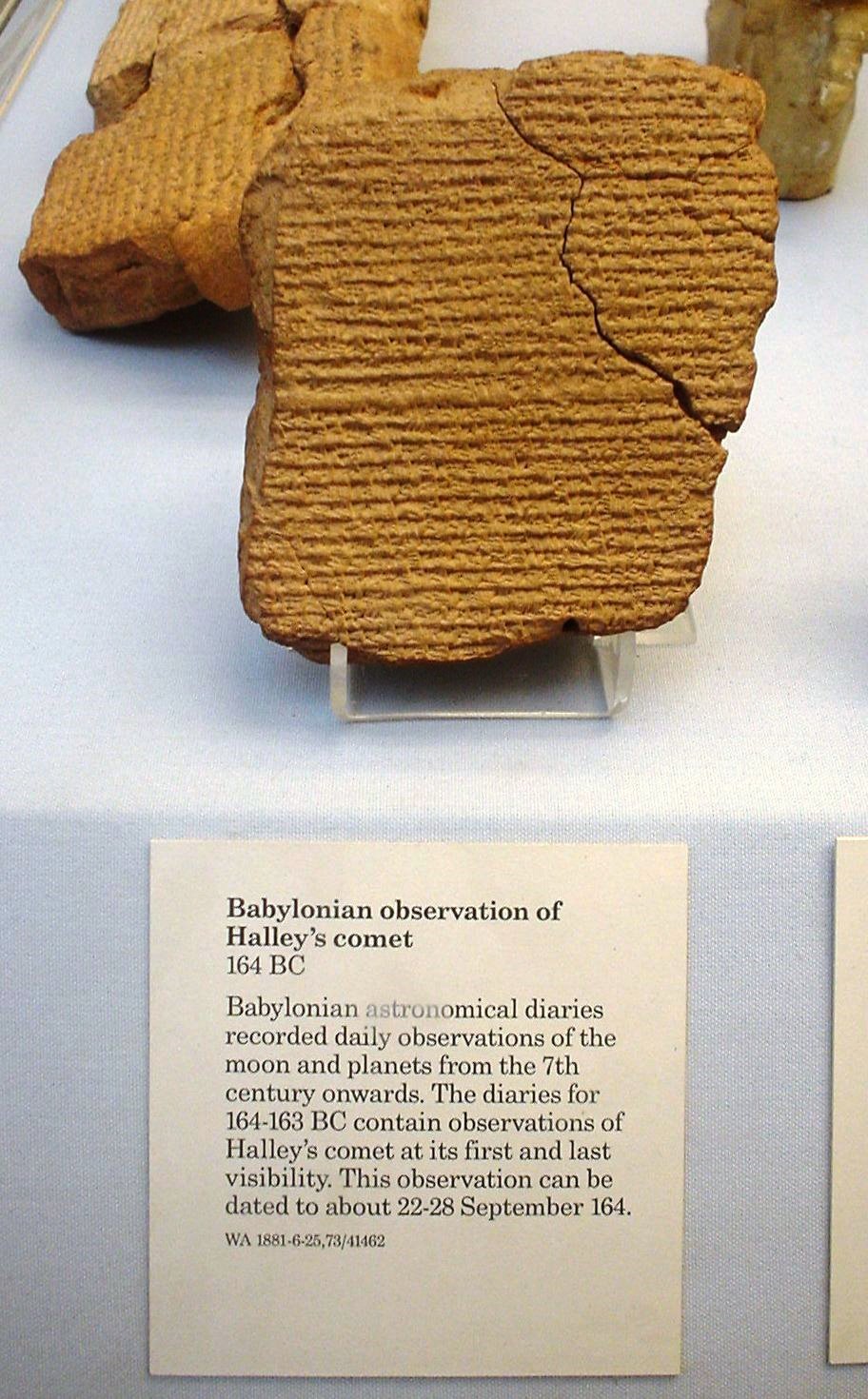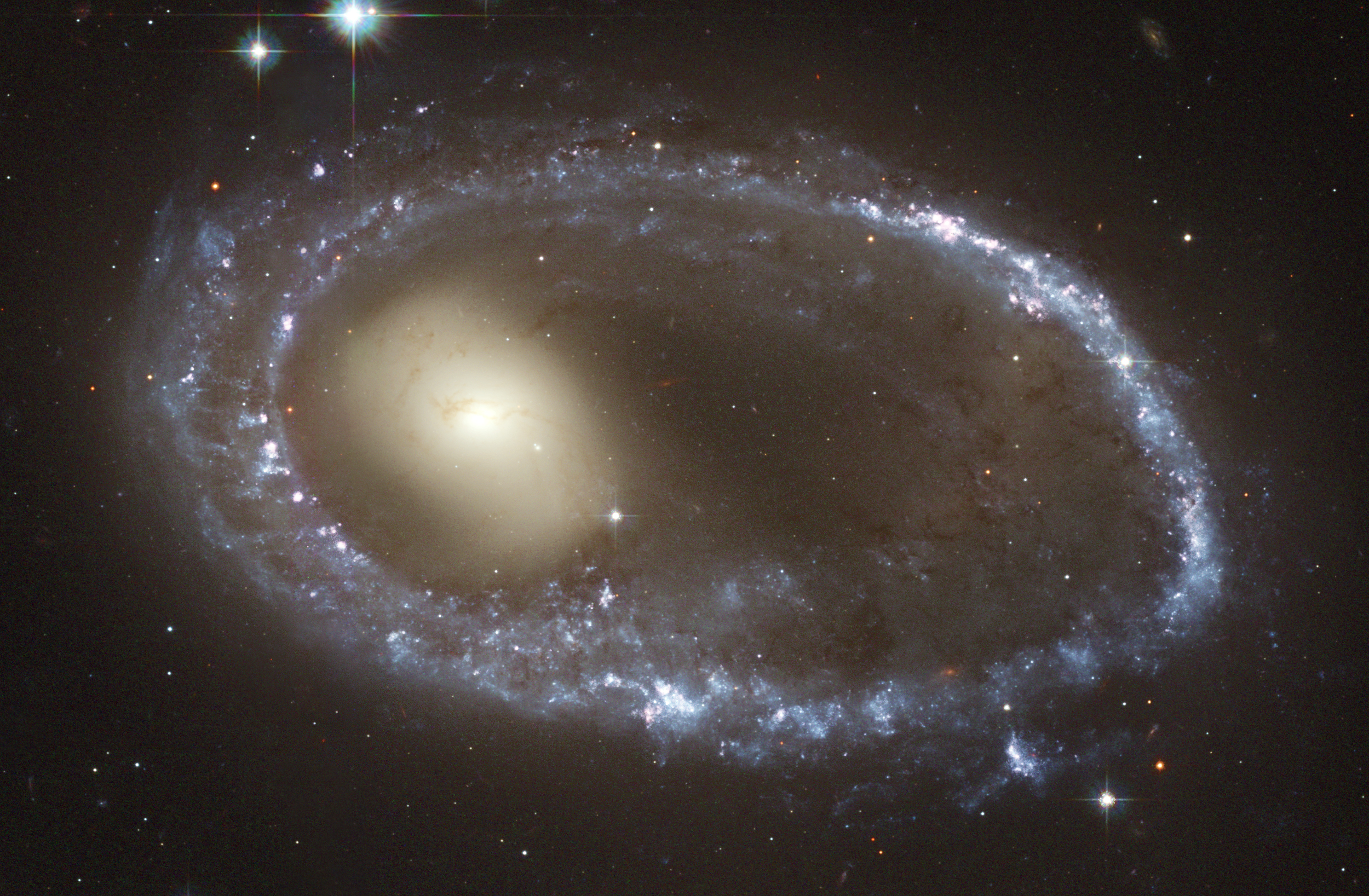|
NGC 4420
NGC 4420 is an unbarred spiral galaxy located 77 million light-years away in the constellation Virgo. It is a member of the M61 Group of galaxies, which is a member of the Virgo II Groups, a series of galaxies and galaxy clusters strung out from the southern edge of the Virgo Supercluster The Virgo Supercluster (Virgo SC) or the Local Supercluster (LSC or LS) is a mass concentration of galaxies containing the Virgo Cluster and Local Group, which itself contains the Milky Way and Andromeda galaxies, as well as others. At leas .... References External links * * Unbarred spiral galaxies Virgo (constellation) 4420 07549 40775 {{Spiral-galaxy-stub ... [...More Info...] [...Related Items...] OR: [Wikipedia] [Google] [Baidu] |
New General Catalogue
The ''New General Catalogue of Nebulae and Clusters of Stars'' (abbreviated NGC) is an astronomical catalog, astronomical catalogue of deep-sky objects compiled by John Louis Emil Dreyer in 1888. The NGC contains 7,840 objects, including galaxy, galaxies, star clusters and emission nebulae. Dreyer published two supplements to the NGC in 1895 and 1908, known as the ''Index Catalogues'' (abbreviated IC), describing a further 5,386 astronomical objects. Thousands of these objects are best known by their NGC or IC numbers, which remain in widespread use. The NGC expanded and consolidated the cataloguing work of William Herschel, William and Caroline Herschel, and John Herschel's ''General Catalogue of Nebulae and Clusters of Stars''. Objects south of the Celestial sphere, celestial equator are catalogued somewhat less thoroughly, but many were included based on observation by John Herschel or James Dunlop. The NGC contained multiple errors, but attempts to eliminate them were made by ... [...More Info...] [...Related Items...] OR: [Wikipedia] [Google] [Baidu] |
Constellation
A constellation is an area on the celestial sphere in which a group of visible stars forms a perceived pattern or outline, typically representing an animal, mythological subject, or inanimate object. The origins of the earliest constellations likely go back to prehistory. People used them to relate stories of their beliefs, experiences, creation, or mythology. Different cultures and countries adopted their own constellations, some of which lasted into the early 20th century before today's constellations were internationally recognized. The recognition of constellations has changed significantly over time. Many changed in size or shape. Some became popular, only to drop into obscurity. Some were limited to a single culture or nation. The 48 traditional Western constellations are Greek. They are given in Aratus' work ''Phenomena'' and Ptolemy's ''Almagest'', though their origin probably predates these works by several centuries. Constellations in the far southern sky were ... [...More Info...] [...Related Items...] OR: [Wikipedia] [Google] [Baidu] |
NGC Objects
The ''New General Catalogue of Nebulae and Clusters of Stars'' (abbreviated NGC) is an astronomical catalogue of deep-sky objects compiled by John Louis Emil Dreyer in 1888. The NGC contains 7,840 objects, including galaxies, star clusters and emission nebulae. Dreyer published two supplements to the NGC in 1895 and 1908, known as the ''Index Catalogues'' (abbreviated IC), describing a further 5,386 astronomical objects. Thousands of these objects are best known by their NGC or IC numbers, which remain in widespread use. The NGC expanded and consolidated the cataloguing work of William and Caroline Herschel, and John Herschel's '' General Catalogue of Nebulae and Clusters of Stars''. Objects south of the celestial equator are catalogued somewhat less thoroughly, but many were included based on observation by John Herschel or James Dunlop. The NGC contained multiple errors, but attempts to eliminate them were made by the ''Revised New General Catalogue'' (RNGC) by Jack W. ... [...More Info...] [...Related Items...] OR: [Wikipedia] [Google] [Baidu] |
Unbarred Spiral Galaxies
A barred spiral galaxy is a spiral galaxy with a central bar-shaped structure composed of stars. Bars are found in about two thirds of all spiral galaxies, and generally affect both the motions of stars and interstellar gas within spiral galaxies and can affect spiral arms as well. The Milky Way Galaxy, where the Solar System is located, is classified as a barred spiral galaxy. Edwin Hubble classified spiral galaxies of this type as "SB" (spiral, barred) in his Hubble sequence and arranged them into sub-categories based on how open the arms of the spiral are. SBa types feature tightly bound arms, while SBc types are at the other extreme and have loosely bound arms. SBb-type galaxies lie in between the two. SB0 is a barred lenticular galaxy. A new type, SBm, was subsequently created to describe somewhat irregular barred spirals, such as the Magellanic Clouds, which were once classified as irregular galaxies, but have since been found to contain barred spiral structures. Among o ... [...More Info...] [...Related Items...] OR: [Wikipedia] [Google] [Baidu] |
Virgo Supercluster
The Virgo Supercluster (Virgo SC) or the Local Supercluster (LSC or LS) is a mass concentration of galaxies containing the Virgo Cluster and Local Group, which itself contains the Milky Way and Andromeda galaxies, as well as others. At least 100 galaxy groups and clusters are located within its diameter of 33 megaparsecs (110 million light-years). The Virgo SC is one of about 10 million superclusters in the observable universe and is in the Pisces–Cetus Supercluster Complex, a galaxy filament. A 2014 study indicates that the Virgo Supercluster is only a lobe of an even greater supercluster, Laniakea, a larger, competing referent of the term Local Supercluster centered on the Great Attractor. Background Beginning with the first large sample of nebulae published by William and John Herschel in 1863, it was known that there is a marked excess of nebular fields in the constellation Virgo (near the north galactic pole). In the 1950s, French–American astronomer Gér ... [...More Info...] [...Related Items...] OR: [Wikipedia] [Google] [Baidu] |
Galaxy Cluster
A galaxy cluster, or a cluster of galaxies, is a structure that consists of anywhere from hundreds to thousands of galaxies that are bound together by gravity, with typical masses ranging from 1014 to 1015 solar masses. They are the second-largest known gravitationally bound structures in the universe after galaxy filaments and were believed to be the largest known structures in the universe until the 1980s, when superclusters were discovered. One of the key features of clusters is the intracluster medium (ICM). The ICM consists of heated gas between the galaxies and has a peak temperature between 2–15 keV that is dependent on the total mass of the cluster. Galaxy clusters should not be confused with ''galactic clusters'' (also known as open clusters), which are star clusters ''within'' galaxies, or with globular clusters, which typically orbit galaxies. Small aggregates of galaxies are referred to as galaxy groups rather than clusters of galaxies. The galaxy groups a ... [...More Info...] [...Related Items...] OR: [Wikipedia] [Google] [Baidu] |
Virgo II Groups
The Virgo II Groups, also known as the Virgo II Cloud, Virgo Southern Extension, or the Virgo S Cloud, are a series of at least 100 galactic clusters and individual galaxies stretching approximately off the southern edge of the Virgo Supercluster. It is located approximately to from the Solar System, at a right ascension of to . These clusters include: * M61 Group: ** IC 3474 ** M61 (NGC 4303) ** NGC 4255 ** NGC 4420 ** NGC 4496A ** NGC 4517A ** NGC 4527 ** NGC 4533 ** NGC 4536 ** NGC 4581 ** NGC 4599 ** NGC 4632 ** PGC 40951 ** UGC 7387 ** UGC 7522 **UGC 7612 ** UGC 7780 * NGC 4030 Group: **NGC 4030 ** UGC 6970 ** UGC 7000 * NGC 4179 Group: ** NGC 4116 ** NGC 4123 ** NGC 4179 ** UGC 7035 * NGC 4697 Group: ** IC 3908 ** MCG-1-33-1 ** MCG-1-33-3 ** MCG-1-33-11 ** MCG-1-33-33 ** MCG-1-33-59 ** MCG-1-33-61 ** MCG-1-33-82 **NGC 4697 **NGC 4731 ** NGC 4775 ** NGC 4941 ** NGC 4948 ** NGC 4948A ** NGC 4951 ** NGC 4958 ** UGCA 310 * NGC 4699 Group: ** MCG-2-33-15 ** MCG-2-33-47 ** MCG- ... [...More Info...] [...Related Items...] OR: [Wikipedia] [Google] [Baidu] |
Light-years
A light-year, alternatively spelled light year, is a large unit of length used to express astronomical distances and is equivalent to about 9.46 trillion kilometers (), or 5.88 trillion miles ().One trillion here is taken to be 1012 (one million million, or billion in long scale). As defined by the International Astronomical Union (IAU), a light-year is the distance that light travels in a vacuum in one Julian year (365.25 days). Because it includes the time-measurement word "year", the term ''light-year'' is sometimes misinterpreted as a unit of time. The ''light-year'' is most often used when expressing distances to stars and other distances on a galactic scale, especially in non-specialist contexts and popular science publications. The unit most commonly used in professional astronomy is the parsec (symbol: pc, about 3.26 light-years) which derives from astrometry; it is the distance at which one astronomical unit subtends an angle of one second of arc. ... [...More Info...] [...Related Items...] OR: [Wikipedia] [Google] [Baidu] |
WikiSky
Sky-Map.org (or WikiSky.org) is a wiki and interactive sky map that covers more than half a billion celestial objects. Users can view the whole star sky at once and zoom in to view areas in greater detail. WikiSky includes many stars, galaxies, constellations, and planets, but it is still in development. Users can also edit information about different stars by writing articles, adding Internet links, uploading images, or create a special interest group for a specific task. The website, although still available for users to visit, has not shown much activity since 2010. Software Users may browse the sky in several surveys, including GALEX, DSS, and SDSS. In either mode, the user can access the name and a brief description of visible objects. This can be used to access more detailed information, including articles and different photo images. Sky-Map.org also has its own API so that code can be written to access maps, objects’ information and SDSS data. The API that has more ... [...More Info...] [...Related Items...] OR: [Wikipedia] [Google] [Baidu] |
Unbarred Spiral Galaxy
An unbarred spiral galaxyAstronomy Pictures(accessed 18 April 2010) is a type of spiral galaxy without a central bar, or one that is not a barred spiral galaxy. It is designated with an SA in the galaxy morphological classification scheme. Barless spiral galaxies are one of three general types of spiral galaxies under the ''de Vaucouleurs system'' classification system, the other two being intermediate spiral galaxy and barred spiral galaxy. Under the ''Hubble tuning fork'', it is one of two general types of spiral galaxy, the other being barred spirals. Grades Unbarred lenticular galaxy An unbarred lenticular galaxy is a lenticular Lenticular is an adjective often relating to lenses. It may refer to: * A term used with two meanings in botany: see * Lenticular cloud, a lens-shaped cloud * Lenticular galaxy, a lens-shaped galaxy * Lenticular (geology), adjective describing a ... version of an unbarred spiral galaxy. They have the Hubble type of SA0. An example ... [...More Info...] [...Related Items...] OR: [Wikipedia] [Google] [Baidu] |
Morphological Catalogue Of Galaxies
The Morphological Catalogue of Galaxies (MCG) or Morfologiceskij Katalog Galaktik, is a Russian catalogue of 30,642 galaxies compiled by Boris Vorontsov-Velyaminov and V. P. Arkhipova. It is based on scrutiny of prints of the Palomar Sky Survey Palomar may refer to: Places * Any of several locations in San Diego County, California: ** Palomar Mountain ** Palomar Observatory, located on Palomar Mountain ** Palomar College in San Marcos, California ** Palomar Medical Center in Escondido, C ... plates, and putatively complete to a photographic magnitude of 15. Including galaxies to magnitude 16 would have resulted in an unmanageably large dataset. Publication The catalogue was published in five parts (chapters) between 1962 and 1974, the final chapter including a certain number of galaxies with a photographic magnitude above 15. [...More Info...] [...Related Items...] OR: [Wikipedia] [Google] [Baidu] |





